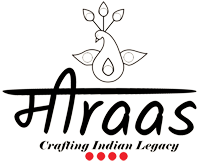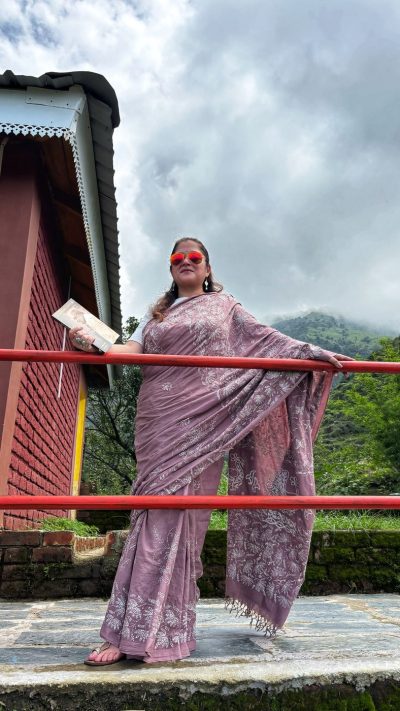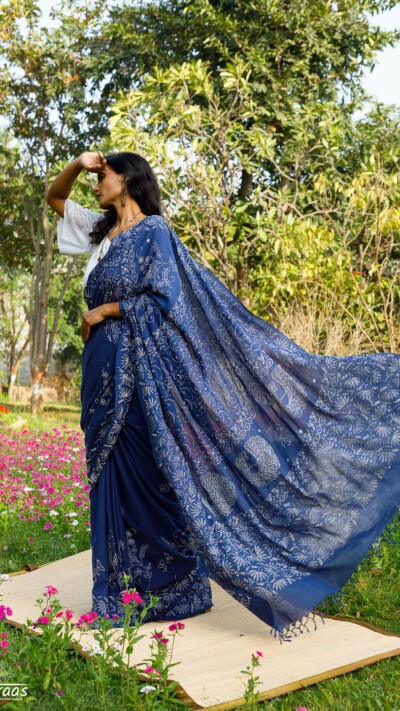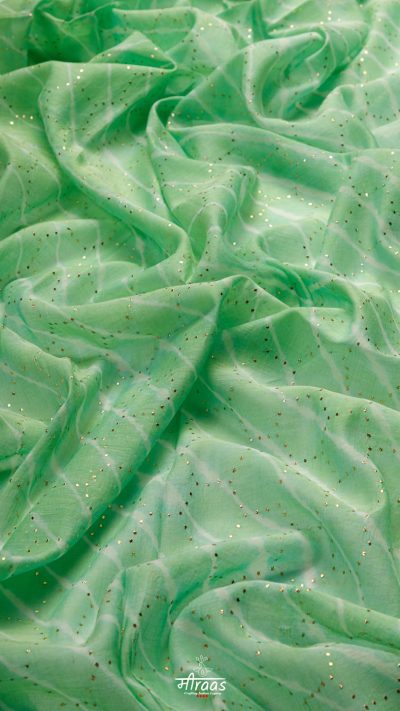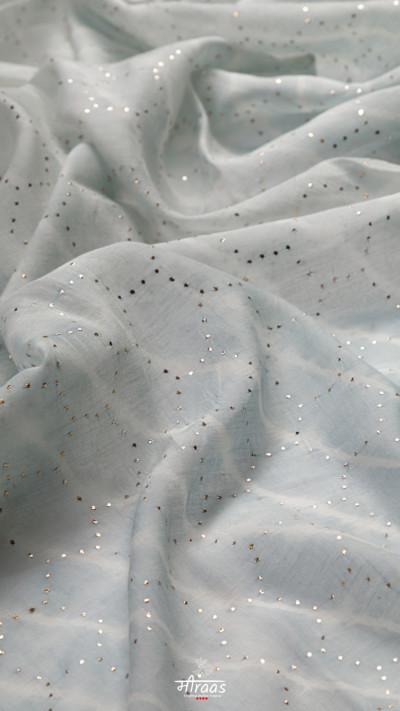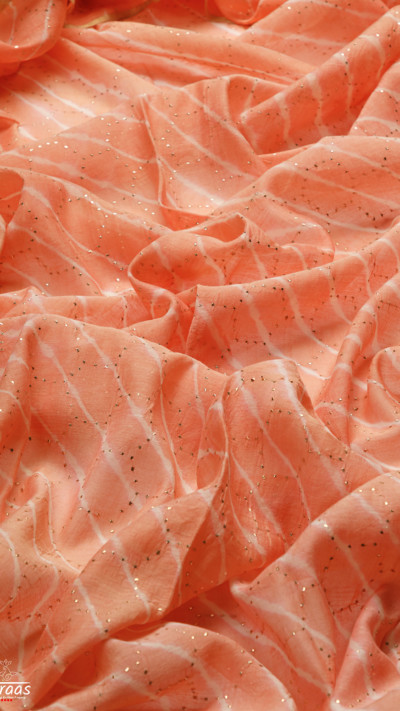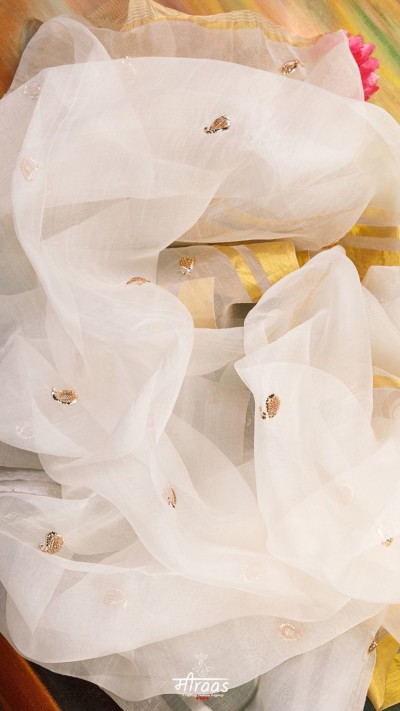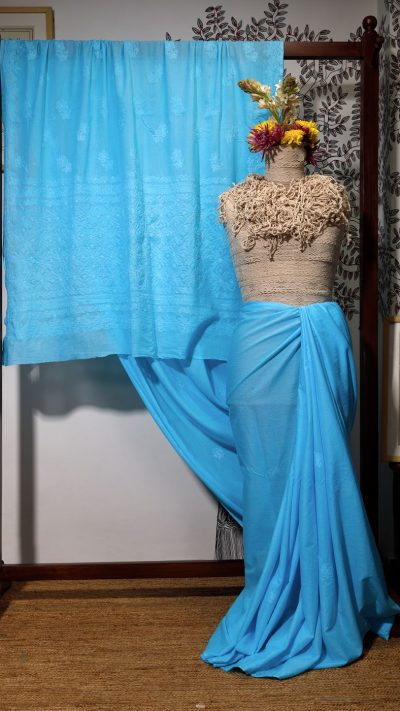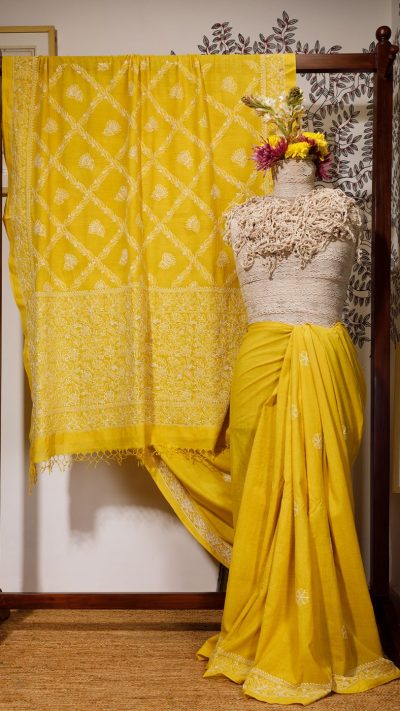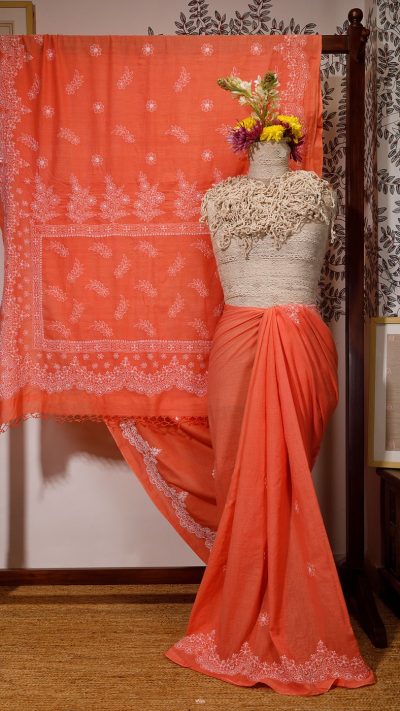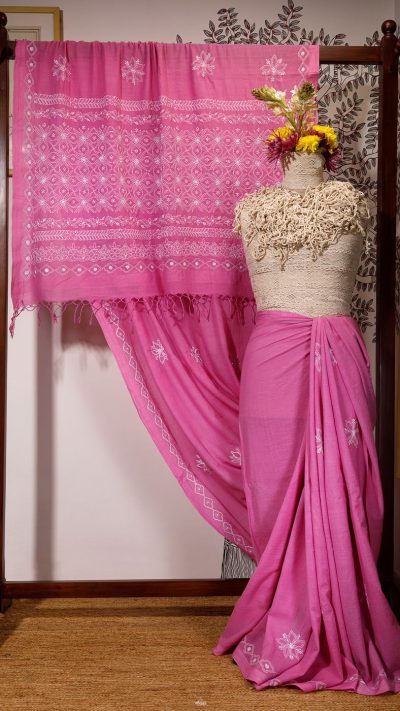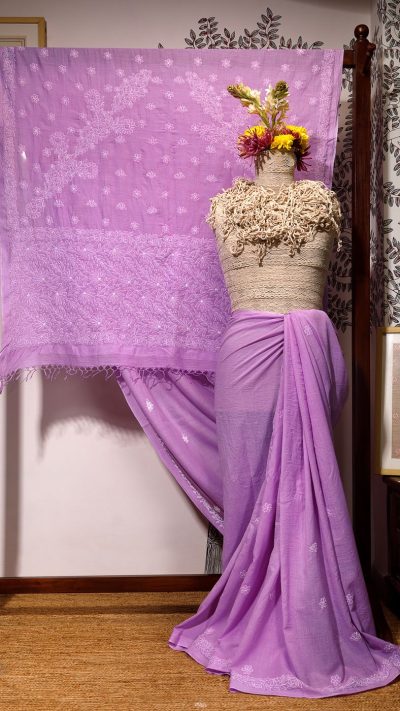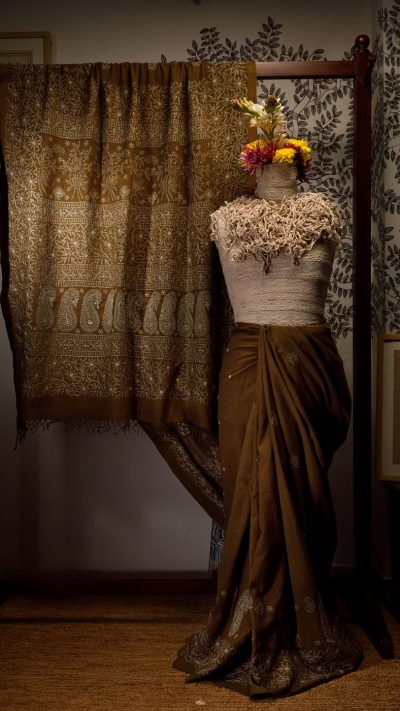No data was found
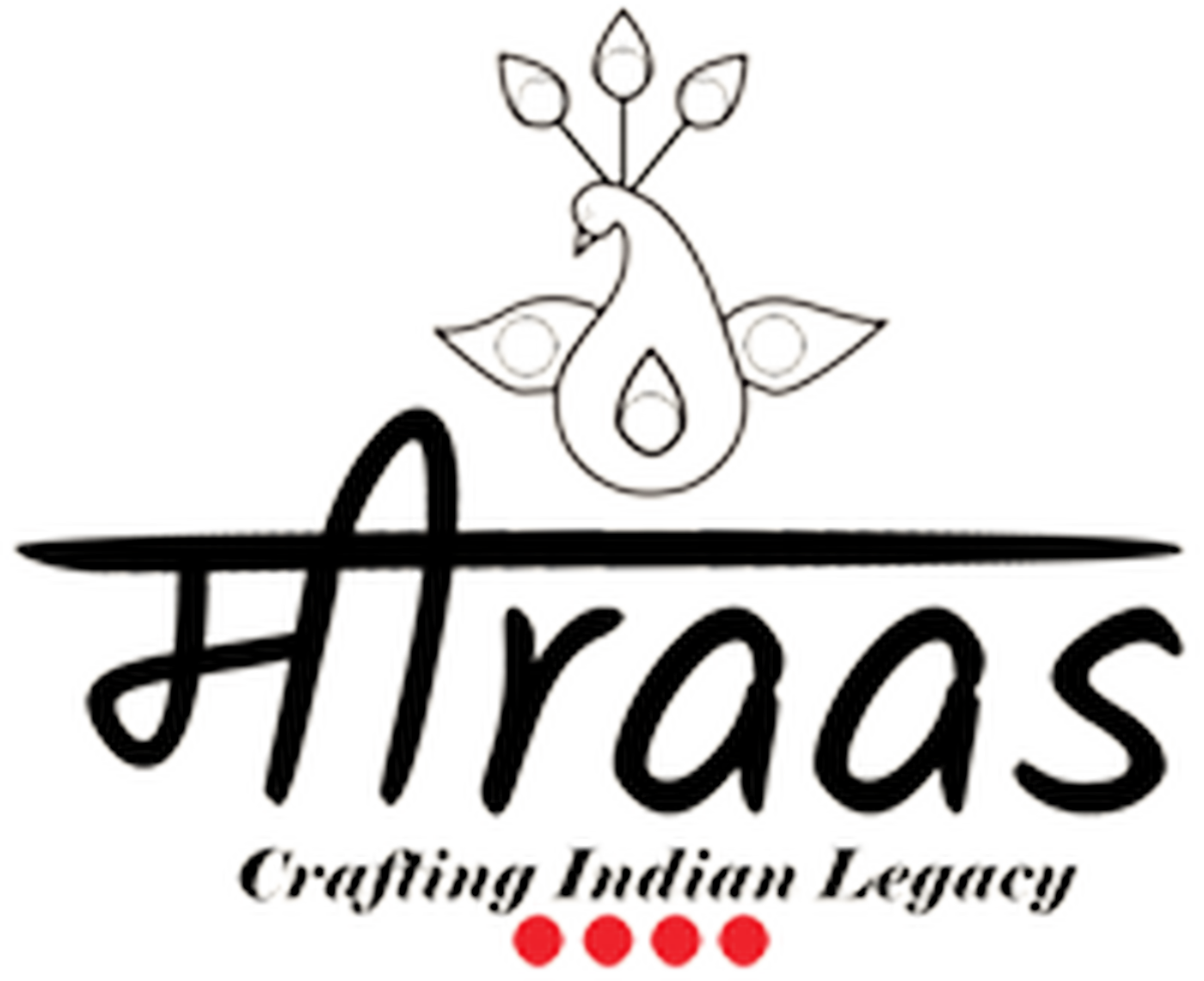
Please, enable Wishlist.
- Home
- Shop
- Dhanlakshami Chikankari Saree
- Advait Mens’ Chikankari
- Power Of Silence (Chikankari Kurta Edit)
- Ready To Ship
- Aari Zardozi
- Luxury Chikankari Dupattas
- The Wedding Collective
- Chikankari Statement Blouses
- Umrao Mukaish Collection
- Dopehri Chikankari Casuals
- Rajnigandha
- Rang Deenhi Shibori Collection
- Curated By Meiraas
- Saree
- Kurta
- Dupatta
- Blouse
- Top
- Stole
- Pants
- Handloom Chanderi
- Handloom Maheshwari
- Handloom Linen
- Handloom Cotton
- Handloom Organza
- Handloom Silk
- Cotton Silk
- Blog
- About
- Sustainability
Filter by categories
Filter by price
FILTER BY FABRIC
FILTER BY CRAFTS
Petrichor
₹9,800.00
THE SUSTAINABILITY QUOTIENT (TSQ):
Add to cart
- Artisan Skill Enhancement: The artisan unit that has embroidered this Chikankri Saree had never worked on a saree before or done skilled stitch work. They had never even worked on any pure fabric & only did "shadow" "phanda" stitches for fast moving Chikan goods. Such nuanced work enhanced their skill and gives them better chance of earning more.
- Slow Layout of Embroidery: The embroidery layout is in typical style of an Heirloom saree with more designs and even Shadow work. This breaks away from the allover simple Tepchi embroidery that is the norm of fast moving Chikan work.
- Non Motorised Amber Charkha Spun Fabric yarn.
- Handwoven high count Cotton Saree
- Azo Free filtered dyeing
Badra
₹9,800.00
THE SUSTAINABILITY QUOTIENT (TSQ):
Add to cart
- Artisan Skill Enhancement: The artisan unit that has embroidered this Chikankri Saree had never worked on a saree before or done skilled stitch work. They had never even worked on any pure fabric & only did "shadow" "phanda" stitches for fast moving Chikan goods. Such nuanced work enhanced their skill and gives them better chance of earning more.
- Slow Layout of Embroidery: The embroidery layout is in typical style of an Heirloom saree with more designs and even Shadow work. This breaks away from the allover simple Tepchi embroidery that is the norm of fast moving Chikan work.
- Non Motorised Amber Charkha Spun Fabric yarn.
- Handwoven high count Cotton Saree
- Azo Free filtered dyeing
Lush
₹12,500.00
Beautiful Mukaish Kurta Fabric on Leheriya, accompanied by a dupatta to make one of a kind set that harks to the antique Awadhi Couture style, when ladies of the erstwhile royal kingdom, wore Leheriya adorned with Mukaish embroidery! This piece however has travelled to 3 Indian states to complete its journey
The Sustainability Quotient (TSQ):
Add to cart
- Mukaish Hand Embroidery in Honeycomb pattern following all processes from 'kadhai' (embroidery) to 'ghutaai' (rubbing of embroidery using glass bottle to set it) done by artisan cluster of Lucknow, Uttar Pradesh.
- Leheriya hand resist tie & dye done by artisan cluster of Rajasthan.
- Handloom Chanderi fabric woven by weaver cluster in Chanderi, Madhya Pradesh.
- Re creation of an archival style of Craft Confluence, prevalent in Nawab Era.
Monsoon Sky
₹12,500.00
Beautiful Mukaish Kurta Fabric on Leheriya, accompanied by a dupatta to make one of a kind set that harks to the antique Awadhi Couture style, when ladies of the erstwhile royal kingdom, wore Leheriya adorned with Mukaish embroidery! This piece however has travelled to 3 Indian states to complete its journey
(Please note that the Grey will have tones of Blue also in it. This is the nature of Leheriya craft. In different lights it looks slightly different with Grey & Blue interplaying)
The Sustainability Quotient (TSQ):
Add to cart
- Mukaish Hand Embroidery in Honeycomb pattern following all processes from 'kadhai' (embroidery) to 'ghutaai' (rubbing of embroidery using glass bottle to set it) done by artisan cluster of Lucknow, Uttar Pradesh.
- Leheriya hand resist tie & dye done by artisan cluster of Rajasthan.
- Handloom Chanderi fabric woven by weaver cluster in Chanderi, Madhya Pradesh.
- Re creation of an archival style of Craft Confluence, prevalent in Nawab Era.
Sweet Petrichor
₹12,500.00
Beautiful Mukaish Kurta Fabric on Leheriya, accompanied by a dupatta to make one of a kind set that harks to the antique Awadhi Couture style, when ladies of the erstwhile royal kingdom, wore Leheriya adorned with Mukaish embroidery! This piece however has travelled to 3 Indian states to complete its journey
The Sustainability Quotient (TSQ):
Add to cart
- Mukaish Hand Embroidery in Honeycomb pattern following all processes from 'kadhai' (embroidery) to 'ghutaai' (rubbing of embroidery using glass bottle to set it) done by artisan cluster of Lucknow, Uttar Pradesh.
- Leheriya hand resist tie & dye done by artisan cluster of Rajasthan.
- Handloom Chanderi fabric woven by weaver cluster in Chanderi, Madhya Pradesh.
- Re creation of an archival style of Craft Confluence, prevalent in Nawab Era.
Golden Trellis Mukaish Pinecone Kairi Organza Dupatta
₹12,500.00
Golden Trellis is our heirloom collection of Mukaish work that was historically done once upon a time in Awadh region, but is not done any more. Golden Trellis is a result of, one of the many research projects we are working upon simultaneously. We know some might not see light of the day (although we firmly believe that everything can be revived if we just have the right patience and the will to keep going), some will prove to be false tales - a mirage of a narrative built for dramatic value and nothing more...but some, like Golden Trellis will be a reality that can be translated to fabric yet again, even if in a small way, or a shadow of its one time glory...at least there will be a start.
Golden Trellis is part of the Art & Antiquities Project undertaken by Meiraas.
The Sustainability Quotient (TSQ):
Add to cart
- Heritage Mukaish work re created: This work is known as Gukhru work . It has not been done in India or is extremely rarely done anymore. This is overlapping mesh Jaali work done in Mukaish. Its karigars are not alive now, and some of the karigars who learnt this art do not work in India. This was re created when one of them came on a small visit to his family in India. He has taught some amount of work to our small group of artisans in Lucknow. This work was historically done in Lucknow only. What can be better sustainability than finding out a lost artwork in a craft & helping revive it again to wearable pieces, & most importantly in pieces that can be part of today's Heritage Builders' private collection; this will ensure the craft's continued sustainability.
- Mukaish Hand Embroidery with proper "ghutaai" - this means Mukaish embroidery has been rubbed using old technique of filling pebbles in a bottle and rubbing on the embroidery, instead of new age roller press method. This one method ensures long lasting Mukaish. In itself Mukaish is more sustainable craft that sequins or "salma sitaara" embroidery, as Mukaish never comes off, maintaining the look of the garment for much longer time.
Saara Aakash
₹7,500.00
The Sustainability Quotient (TSQ):
Add to cart
- Artisan Skill Enhancement: Very fine quality motif work, that involves more skilled work quality done with lesser filaments. The design layout also facilitates more skilled workmanship.
- Amber Charkha (non motorised) spun & Handwoven Cotton
- Azo Free Dyes
Chandan
₹11,500.00
The Sustainability Quotient (TSQ):
Add to cart
- Artisan Skill Enhancement: Very fine quality motif work, that involves more skilled work quality done with lesser filaments. The design layout also facilitates more skilled workmanship.
- Amber Charkha (non motorised) spun & Handwoven Cotton
- Azo Free Dyes
Tesu
₹9,500.00
The Sustainability Quotient (TSQ):
Add to cart
- Artisan Skill Enhancement: Very fine quality motif work, that involves more skilled work quality done with lesser filaments. The design layout also facilitates more skilled workmanship.
- Novel design motif of scallop in Chikankari, conceptualised and created exclusively by Meiraas
- Amber Charkha (non motorised) spun & Handwoven Cotton
- Azo Free Dyes
Gulaab
₹7,500.00
The Sustainability Quotient (TSQ):
Add to cart
- Artisan Skill Enhancement: Very fine quality motif work, that involves more skilled work quality done with lesser filaments. The design layout also facilitates more skilled workmanship.
- Amber Charkha (non motorised) spun & Handwoven Cotton
- Azo Free Dyes
Jacaranda
₹8,900.00
The Sustainability Quotient (TSQ):
Add to cart
- Artisan Skill Enhancement: Very fine quality motif work, that involves more skilled work quality done with lesser filaments. The design layout also facilitates more skilled workmanship.
- Amber Charkha (non motorised) spun & Handwoven Cotton
- Azo Free Dyes
Geeli Mehendi
₹9,900.00
THE SUSTAINABILITY QUOTIENT (TSQ):
Read more
- Artisan Skill Enhancement: The artisan unit that has embroidered this Chikankri Saree had never worked on a saree before or done skilled stitch work. They had never even worked on any pure fabric and had only done "shadow" "phanda" stitches for fast moving Chikankari goods. Such nuanced work enhanced their skill and gives them a better chance of earning more.
- Slow Layout of Embroidery: The embroidery layout is in typical style of an Heirloom saree with varied designs and Shadow work, along with it, which is rarely seen. This breaks away from the 'allover' simple Tepchi embroidery that is the norm of fast moving Chikankari work, and is done by 5-6 chutkis (embroidery girls). In contrast, this saree is made by 2 skilled artisans only.
- Non Motorised Amber Charkha Spun Fabric yarn.
- Handwoven high count Cotton Saree
- Azo Free filtered dyeing
- 100% hand carved block printed motifs only
We know you love to wait for Meiraas creations, but some situations require you to reach out to us for pieces that are Ready to be Shipped. For the ease of our patrons, we are compiling them in this section.
